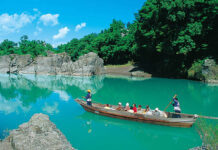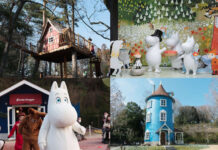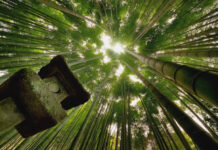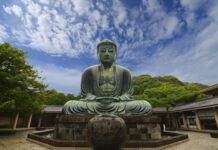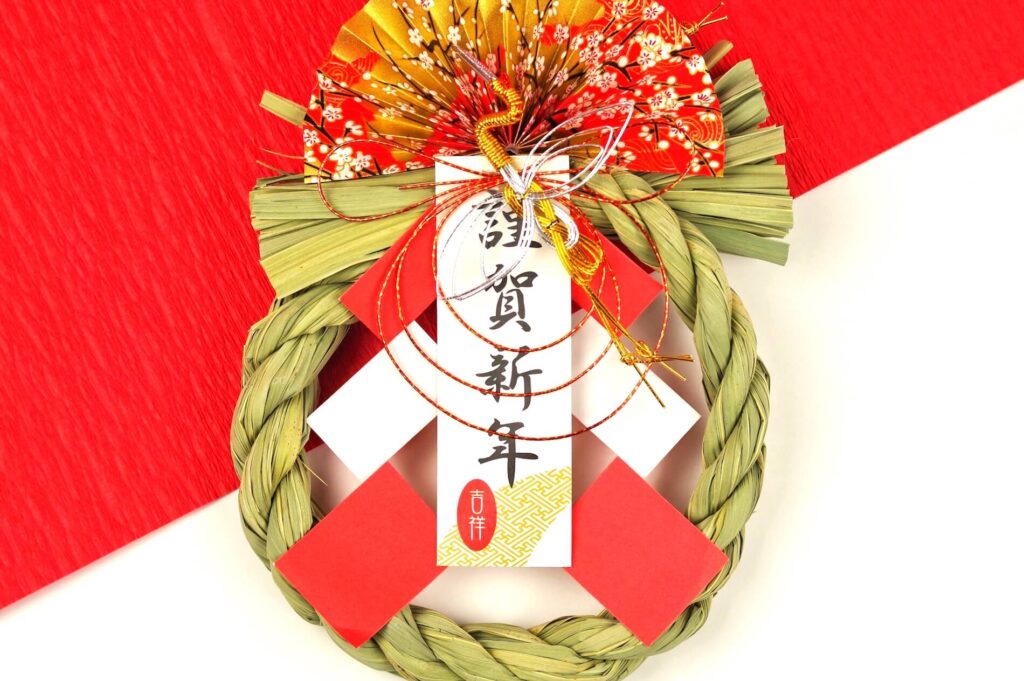
1. Invite good luck with auspicious decorations
Walking around Tokyo, you might see kadomatsu and shimekazari adorning shops, hotels, and other establishments. They’re not just for businesses; they’re used as home ornaments as well.
Kadomatsu
Kadomatsu, an ornament that is placed at an entrance, consists of three bamboo shoots of different lengths (symbolizing prosperity), pine (symbolizing longevity), and plum branches (symbolizing steadfastness). They’re said to be the temporary dwelling places of gods who visit to bless humans, and are usually burned after January 15th.
Shimekazari
Shimekazari are hung above doors, also to invite and welcome gods of good fortune and ward off evil spirits. They consist of shimenawa (a sacred straw rope), pine, and a bitter orange (a symbol of posterity), among others.
Kagami mochi
There’s also an offering to the gods called kagami mochi, two round rice cakes stacked one on top of the other and topped with an orange, which is placed on the household Shinto altar.
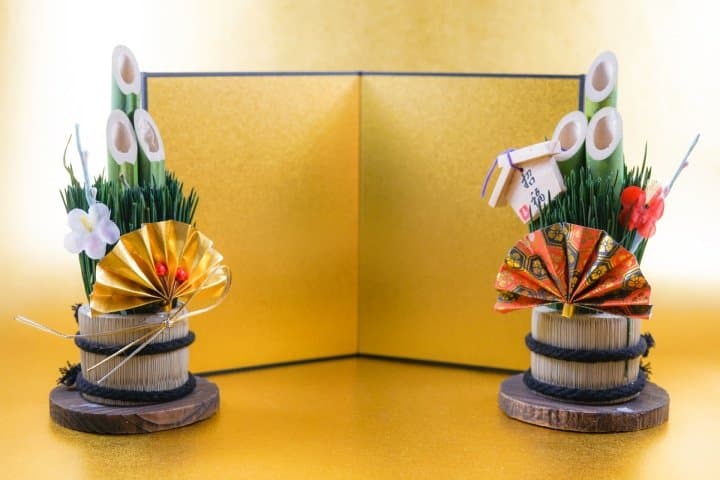
Hagoita
Other lucky New Year items are hagoita (a wooden paddle used to play a badminton-like game called hanetsuki, though elaborately designed ones are purely ornamental) to hit and drive away bad luck, and hamaya (an arrow that destroys evil spirits), which is usually only sold in shrines during the first three days of the New Year. If you want to get a hagoita for the New Year, Sensoji Temple in Asakusa holds an annual hagoita market, which takes place every year in December.
Kadomatsu
If you’re into crafting, some parks occasionally have crafting workshops, in which you can learn to make your own kadomatsu and/or other decorations.
2. On the 31st, watch Kouhaku Uta Gassen
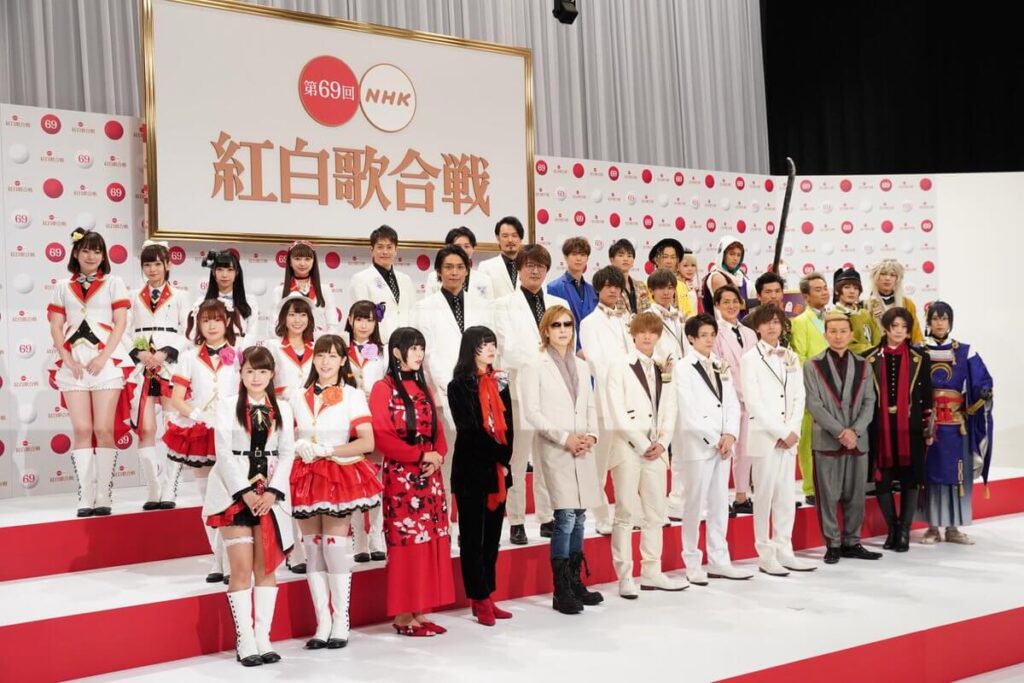
Watching this long-running show, which started in 1959, has become a New Year’s Eve tradition for many Japanese families. Broadcast on the public TV channel NHK from around 7:15 pm until 11:45 pm, this 4.5-hour-long program involves a musical battle (in fact, the title literally translates to “Red-and-White Song Battle”) between two teams consisting of the year’s most popular and commercially successful artists. The artists are invited by NHK, so to be on the show is considered an honor.
3. Eat toshikoshi soba, ozoni and osechi ryori
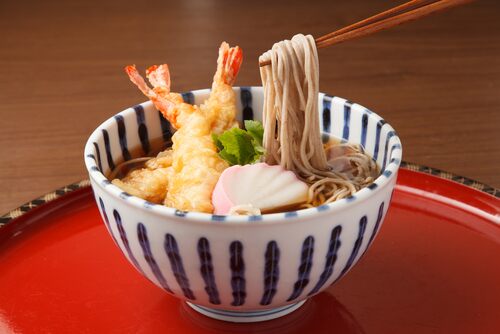
The New Year’s celebration brings forth a festive time. Many countries and cultures have their own traditions for celebrating, and Japan is no exception. One of the ways that people celebrate the New Year’s is through food.Ushering in good fortune is the rationale behind many Japanese New Year traditions, so it’s not surprising that some dishes are designated as luck-bringing ones.
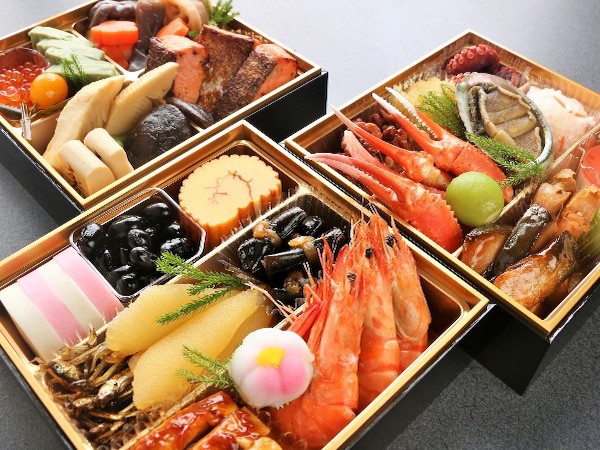
Toshikoshi soba (literally “year-crossing” buckwheat noodles), are served hot on New Year’s Eve to symbolize the cutting off of the year’s misfortunes, as well as wishes for good luck and long life.Meanwhile, ozoni (a savory soup with mochi), and osechi ryori (an encompassing term for dishes or food items traditionally eaten during the New Year due to symbolic value) are eaten during New Year.
4.Joya no kane: Ring out the old year

Joya-no-Kane is the custom of ringing a temple bell on New Year’s Eve in Japan. Practiced throughout the country, priests and temple visitors ring this symbolic bell 108 times to usher in the New Year. Why 108 times? In Buddhism, 108 is the number of earthly desires that cause humans suffering, and joya no kane is supposed to purify humans’ minds and souls for the year ahead.In Tokyo, the temples that are famous for this ceremony are Zojoji near Tokyo Tower and Asakusa’s Sensoji Temple. Both get extremely crowded, so get there early!
5. Nengajō — New Year’s postcards
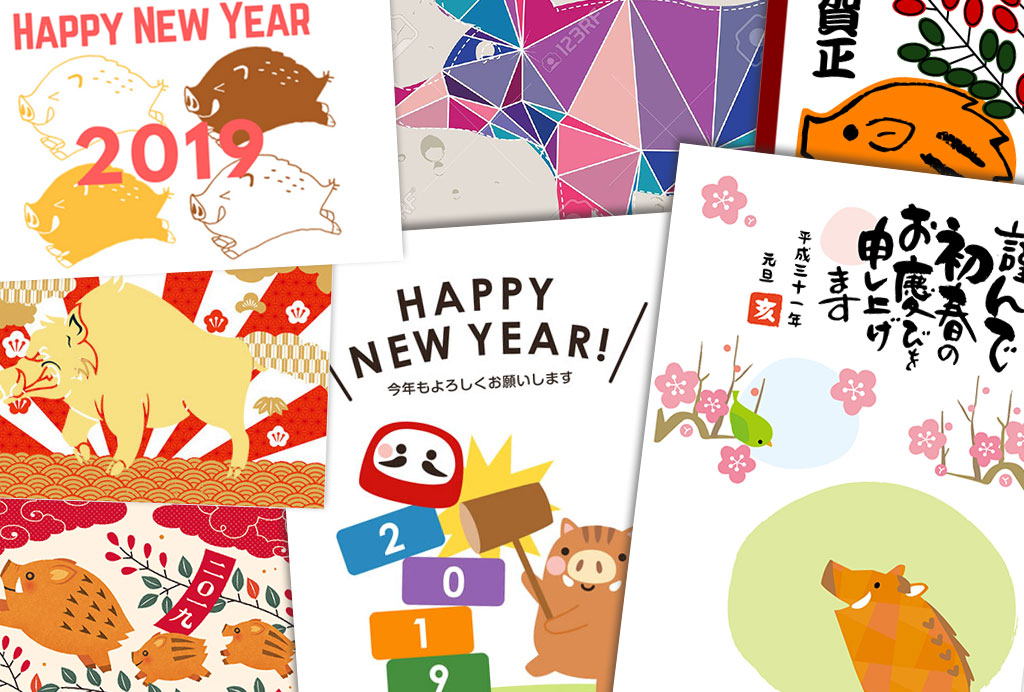
Every year Japanese households receive an average of 50–100 nengajō or New Year’s cards, which are delivered on January 1. The cards usually feature a picture of the year’s eto (zodiacal animal). Families and businesses still send nengajō; think of it as the Japanese equivalent of the holiday greeting card.They come in beautiful and/or cute designs, and the ones sold by Japan Post even come with a numerical combination as part of a lottery.
6.Hatsuhinode, the first sunrise
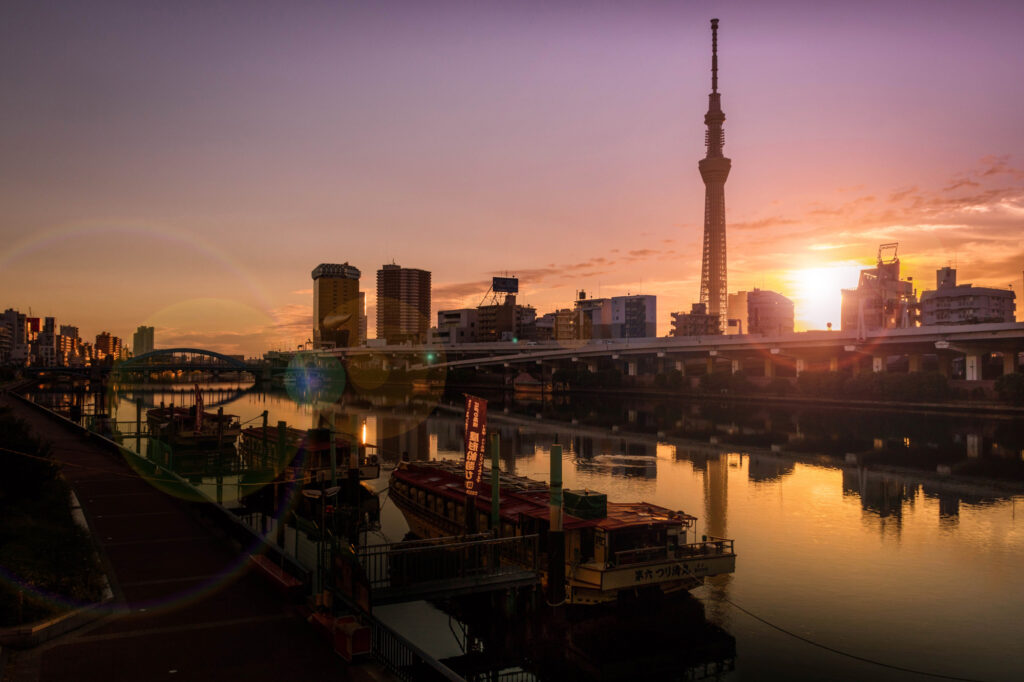
Hatsuhinode means the first sunrise of the year in Japan. It is a happy event for Japanese because Toshigami who is a god of the New Year come with it. People pray huge harvest and perfect health over the year in the past. Nowadays, they pray not only harvest and health but also various wishes. This custom started since Meiji period(1868-1912).
Goraiko means also seeing a sunrise for getting benefit, but it is different from Hatsuhinode in climbing a mountain or not. It means seeing a sunrise on high mountain, and is used not only the first sunrise of the year. It is said that the higher a mountain is, the more benefit are gotten. Therefore, it is the happiest sunrise that to see the first sunrise of the year on high mountain.
7.Hatsumōde: Make your first shrine or temple visit of the year

Hatsumode is the Japanese tradition of visiting shrine or temple for the first time in the New Year. On this occasion, people pray in the hopes of having a good year ahead. The act of visiting a shrine or temple for prayer is called sanpai in Japanese.
8. Fukubukuro and New Year sales in Japan: Shop till you drop
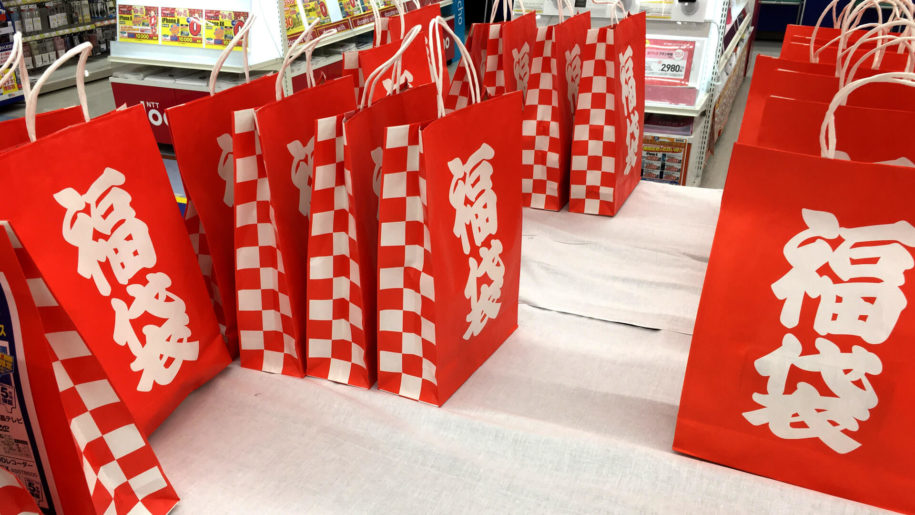
fukubukuro (福袋), are bags that can be purchased in almost any kind of shop in Japan within the first week of the new year. These bags contain items from the shop or brand that will usually, in total, be worth around 3 or 4 times more than the original cost of the bag. The only catch is that the contents of the bag are normally randomly chosen and the buyer doesn’t know exactly what he/she is going to get. A lot of lucky bags will reveal one or two items the bag contains as sort of a “hint,” but they won’t tell you exactly what you’ll get.
Starting from January 2nd or 3rd, shops in Japan will hold huge New Year sales. These sales usually last a week or so, but popular brands’ lucky bags will likely sell out within the first or second day.

